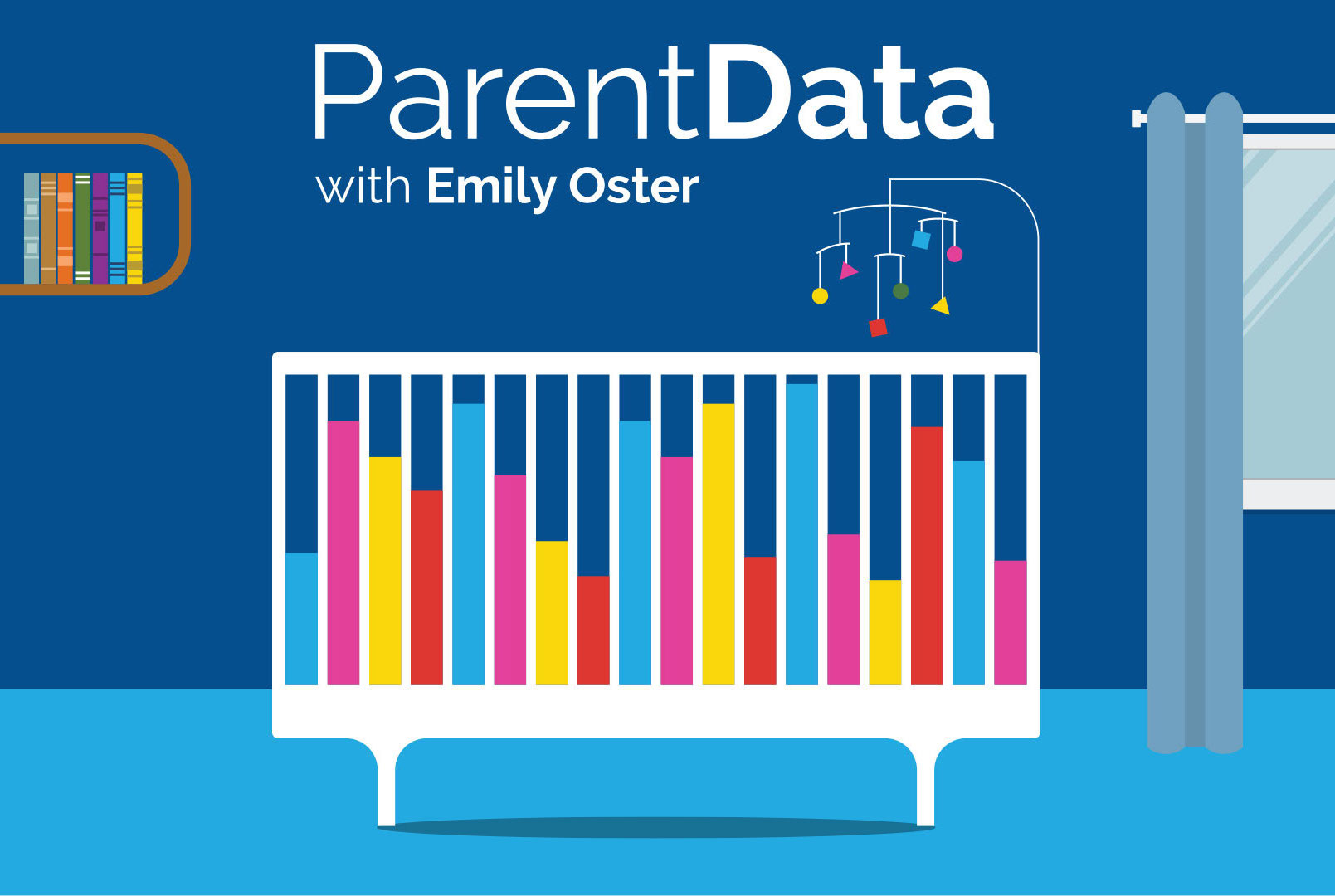Today marks the second anniversary of The Family Firm, my third book. The book focuses on data around older children and, more than that, on using deliberate decision-making to create a family-life structure that you love. If you haven’t read it, this time of year is a good time!
In honor of this, I wanted to write today about one of the ideas I talk about in the book: Total Responsibility Transfer, or what we call in our house “TRT.” This idea owes its origin, for me, to Thomas Phelan’s excellent book The Manager Mom Epidemic, and there is great discussion of it in Eve Rodsky’s Fair Play also (she calls it “CPE” for Conception-Planning-Execution). But I think it lives well on its own, even apart from the overall systems that all of these books suggest (and which are all helpful!). At its core, the aim of TRT is to address some of the inequities in parental work that we saw, for example, in the Pew data I reported on a few weeks ago.
Okay, here we go.
Many tasks and responsibilities in our households have two parts. There is a planning part and there is an execution part. For example: children’s doctor’s appointments. There is the making of the appointment and there is the taking to the appointment, and both of them are work. One part of this work is easy to see — it’s the taking to — while the other part, the making of the appointment, is “invisible work.” Invisible work is invisible but often not small.
This is most vividly illustrated, I think, in meal planning. Making meals for a family requires planning, shopping, and cooking. Doing only the cooking, or only the shopping and cooking, is only part of the work. Figuring out meal plans is an enormous pain! One of my dream AI products (someone please build this) is something that would ask me some questions at the start of the week and build me a menu, with a shopping list. It could go read Caroline Chambers’s blog for me and incorporate the weekly recipe. It could adapt to visitors, or when people in the family are out of town. I have gone down a deep rabbit hole in all the things I’d want in this AI, because planning meals is extremely annoying to me.
If you cook dinner for the family but do not plan it, that’s awesome, but it is not the same as having done the entire task.
Total Responsibility Transfer refers to the concept that if someone is going to take over a task, they must take over all of the parts of it. When we think about allocating tasks across family members, we must think about the whole task.
For me, though, TRT is broader than task allocation. It’s become a shorthand that my family uses when we put someone in charge of something, usually something they do not normally do. This week, for example, I’ll be gone on Tuesday night for a work thing, so I TRT-ed bedtime to Jesse, a task that I normally do. If I have to leave early in the morning, I sometimes TRT getting out the door for camp to my older child.
The idea behind the shorthand is to hand over the responsibility. I’m leaving early, and I’m handing you the full responsibility of getting out of the house on time and to camp. I’m not handing you a single thing to do — say, put on sunscreen, or pack a backpack. It’s the whole shebang, all together, and you implement it.
When people hear about this, it sounds great in principle. “I would love to just pass off the job of dinner to my spouse” is something I hear very frequently. The implication is that the barrier is that the other person isn’t willing to accept it. This is obviously sometimes (perhaps often) true.
However — and I say this with the full knowledge that I am guilty of it myself — sometimes the barrier to a good TRT is the person who is doing the transferring. Because a fully successful TRT requires giving up control over the activity.
Let’s say you TRT one dinner a week to your partner. And let’s imagine that every time, she makes pasta with jarred sauce. Every time. So you start weighing in: let’s add sausage!; how about pesto?; pasta again?! As you make suggestions, you have failed to TRT. Did you want to think about the meal or not? If you did want to think about it, why did you try to TRT it? If you didn’t, you’ve now failed.
My mother was the absolute champion at the dinner TRT. For my entire childhood, she insisted my father plan and execute three of the six at-home meals a week. My father (Dad, I love you!) was not as good a cook as my mom. He could make basically four things: sesame chicken, quiche, hamburgers and fries, and — I am not making this up — veal piccata with rice and peas. We had those all the time. And my siblings and I complained! We did! Constantly! But Mom was a complete rock. Whether it was a commitment to feminism, a desire not to meal plan, or a love of veal piccata, I will never know. But it was a true TRT.
The problem with the partial TRT is twofold. It does not accomplish the main goal of taking the thinking off the plate of the person who transfers. And, in many cases, it can feel disrespectful to the person who got the task. Implying that your partner is bad at something, even fairly indirectly, isn’t a great recipe for success.
An obvious follow-up question is along the lines of: What if I TRT dinner and my partner just serves cereal every time, and I think kids need to eat vegetables? Or what if I TRT bedtime to the grandparents and they let my kids stay up until midnight watching television?
This isn’t a reason not to TRT, it’s an argument for establishing some of your family’s most important boundaries in advance. Maybe you want basic (basic) rules about what constitutes a meal (things like: must contain a protein and a vegetable). You probably want a set bedtime (sleep is important). By establishing these together, it makes it easier to TRT, because you know that whatever are your basic, fundamental, important things will get implemented.
Total responsibility transfer is not going to fix the problem of invisible labor. Sorry! But for me, at least, it’s been important in thinking about both what it means to give someone else a task and also what I need to give up to do that. As much as I hate meal planning, I’m not willing to TRT it within my household (although, again, I’m waiting on that AI…), and recognizing that actually makes me less resentful about doing it.
When I do choose to TRT something, I think I’m better at staying out of it. Just don’t ask my family about that.
Resources

















Log in